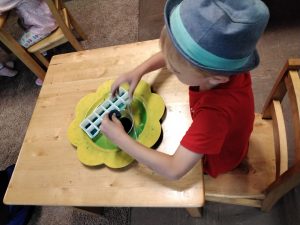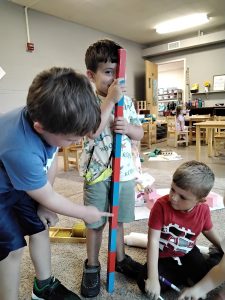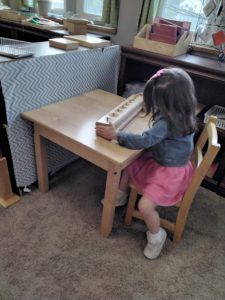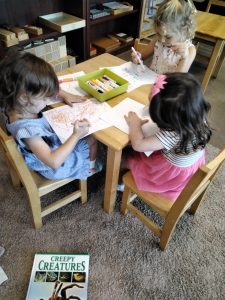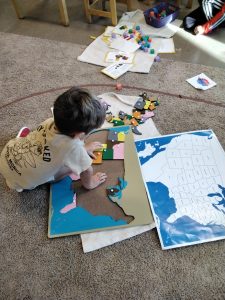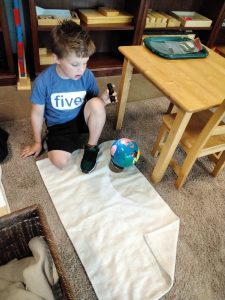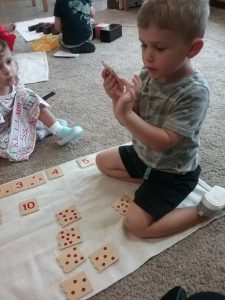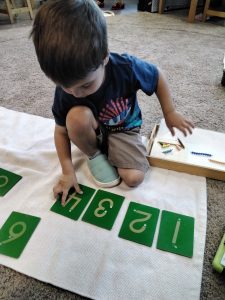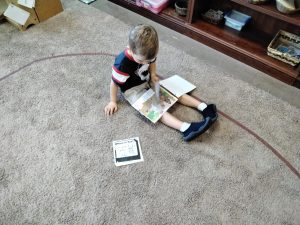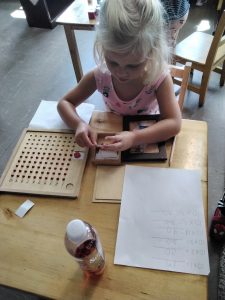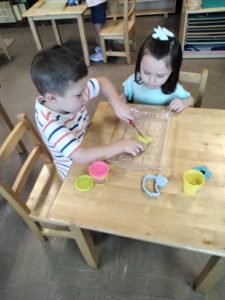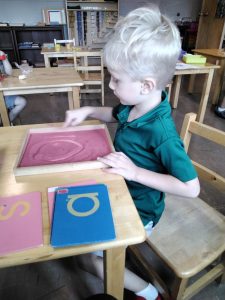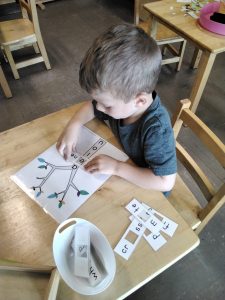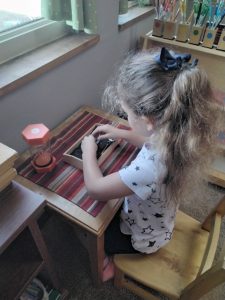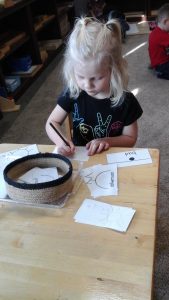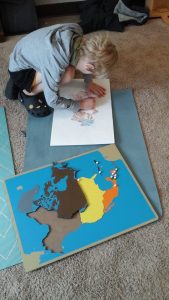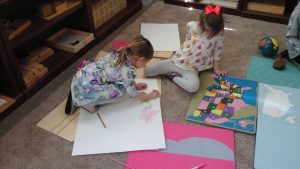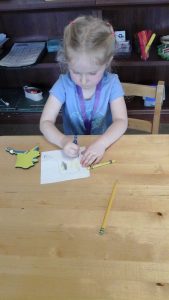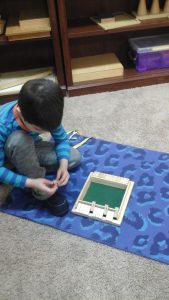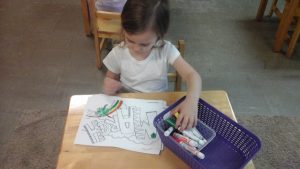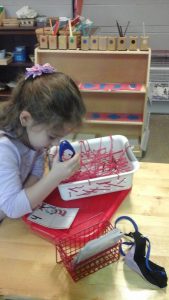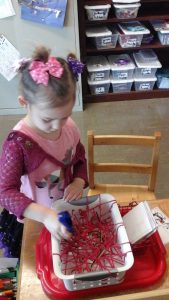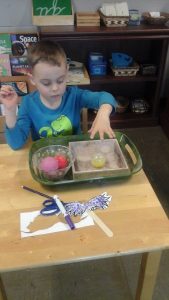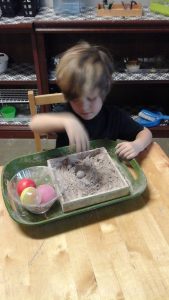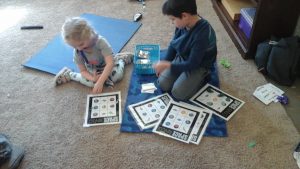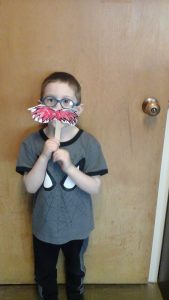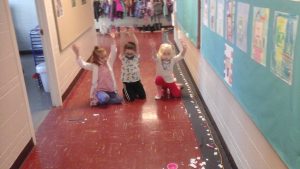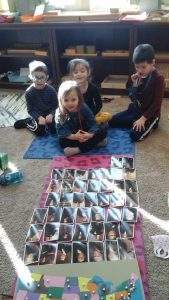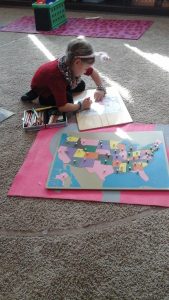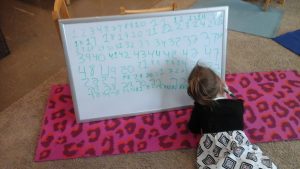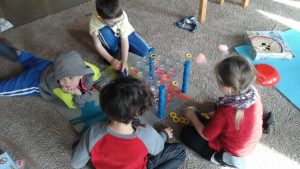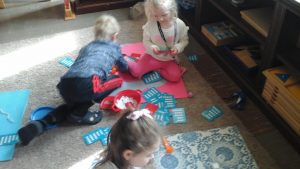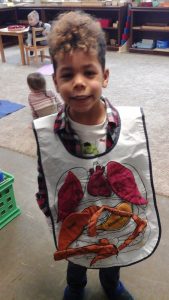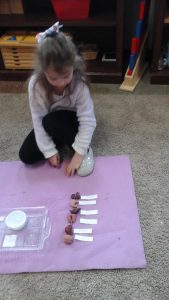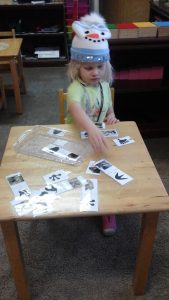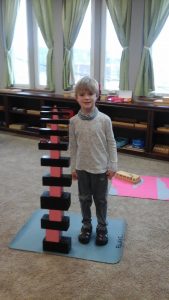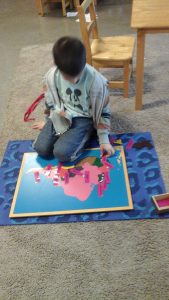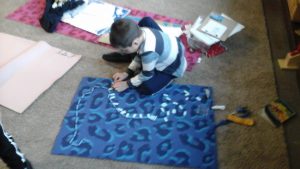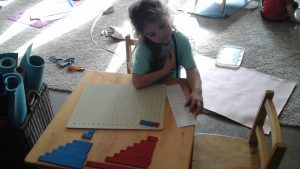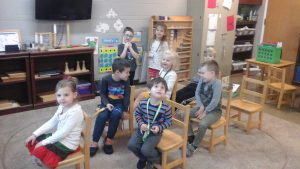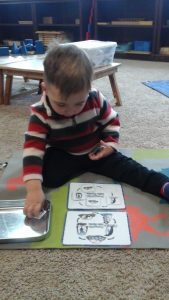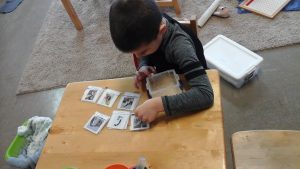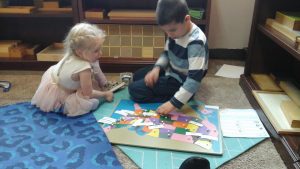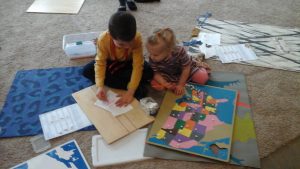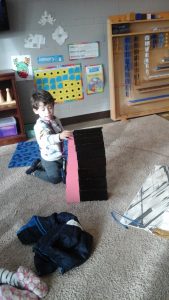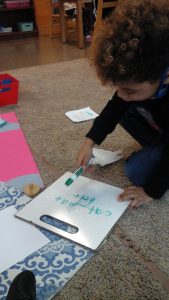This week the Aspen Room began the first of many botany lessons, we explored the Parts Of A Tree and their functions! We discovered that each part of a tree has a special job that helps it grow and develop. The Aspen class also learned that trees are vital for our survival and that we depend on them for the air that we breathe. As a class we then discussed how trees depend on us for carbon dioxide and we depend on them for oxygen. Therefore, creating a symbiotic relationship. Besides, exploring these concepts we also engaged in a few activities that allowed us to classify and identify species of trees. While making classifications, we learned the terms deciduous and conifer. Ask your child about these terms! On the playground we searched for examples of the parts of plants and trees for our botany tray. Did you know…. that a tree is just a really big plant??? The Aspen class discovered this and and more! Ask your child about what treasures they discovered outdoors for our botany tray.
This week our Music Enrichment class started and we had our first music class of the 2021-2022 school year with Ms. lisa. In music, Aspen learned how to sing a few songs and engaged in movement lessons practicing music line time etiquette. We also had our first Taekwondo demo lesson! All of the children seemed to enjoy this as they practiced movement and self control.
Kindergarteners are contnuing their lessons with geography and cursive letter writing with Mr. john. In reading group, we continued to practice fluency, sounding out words, and discussed the importance of being a letter detective by sounding out words while paying close attention to each sound! A Letter Detective doesn’t need to guess a word, they use their sound clues! We also discovered that sometimes there are words that do not follow the phonetic rules. Therefore, we learned all about sight words, letter teams (phonograms and blends), and general word(sound) exceptions. Each week we will look at a new word that does not follow these rules.
Next week our topic is All About Apples! We will learn about the Life Cycle of An Apple, learn to classify different varieties of apples, taste test a few varieties of apples, and begin preliminary fraction work using apples. See you next week!
